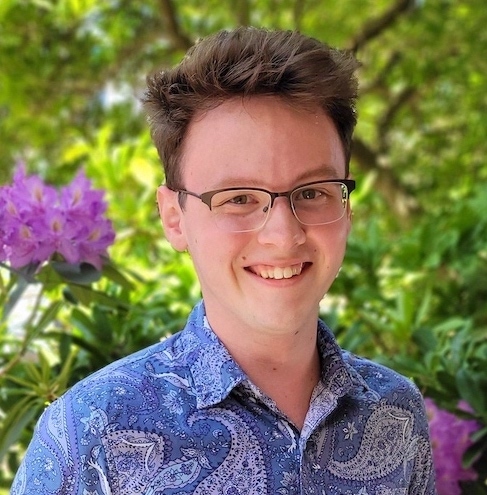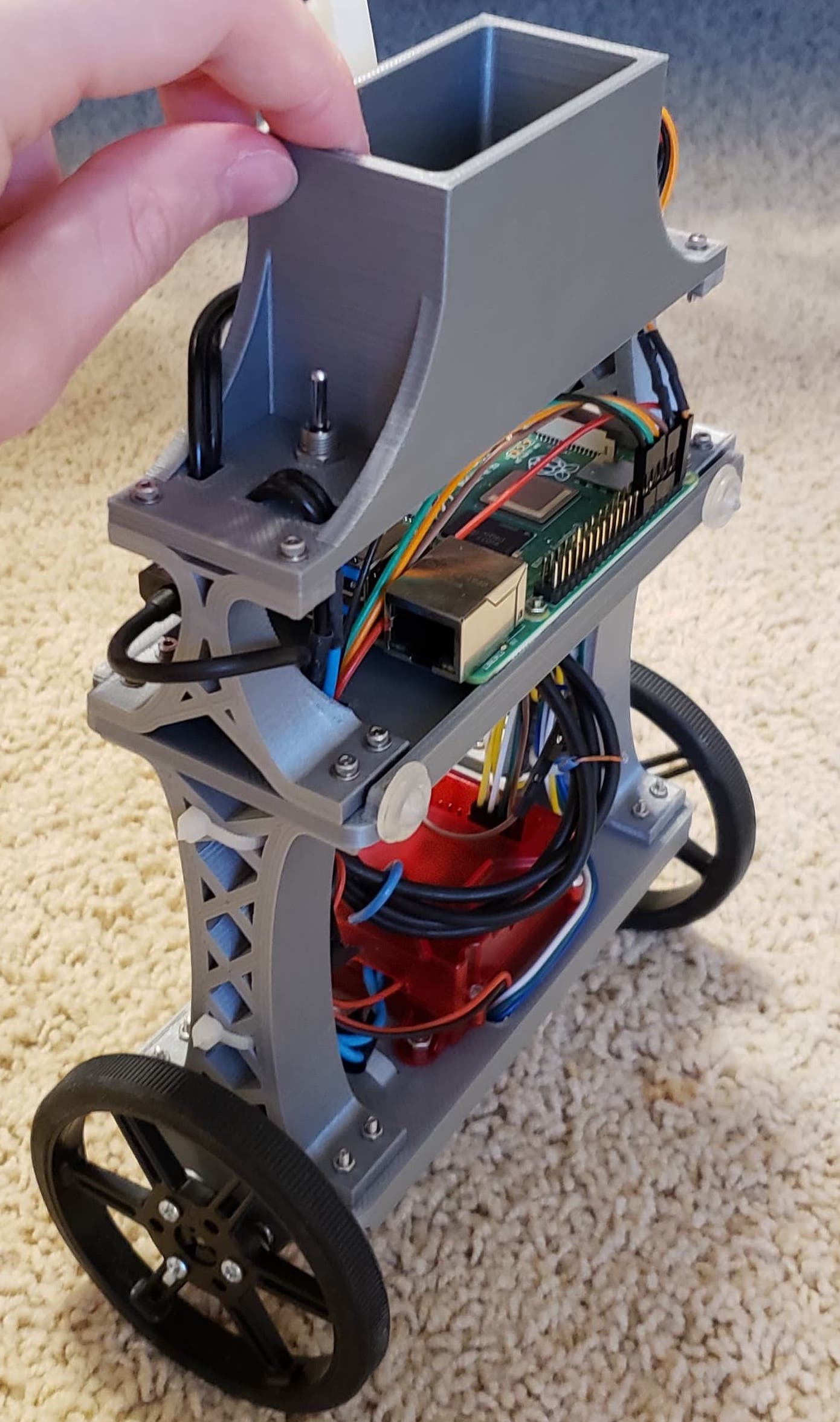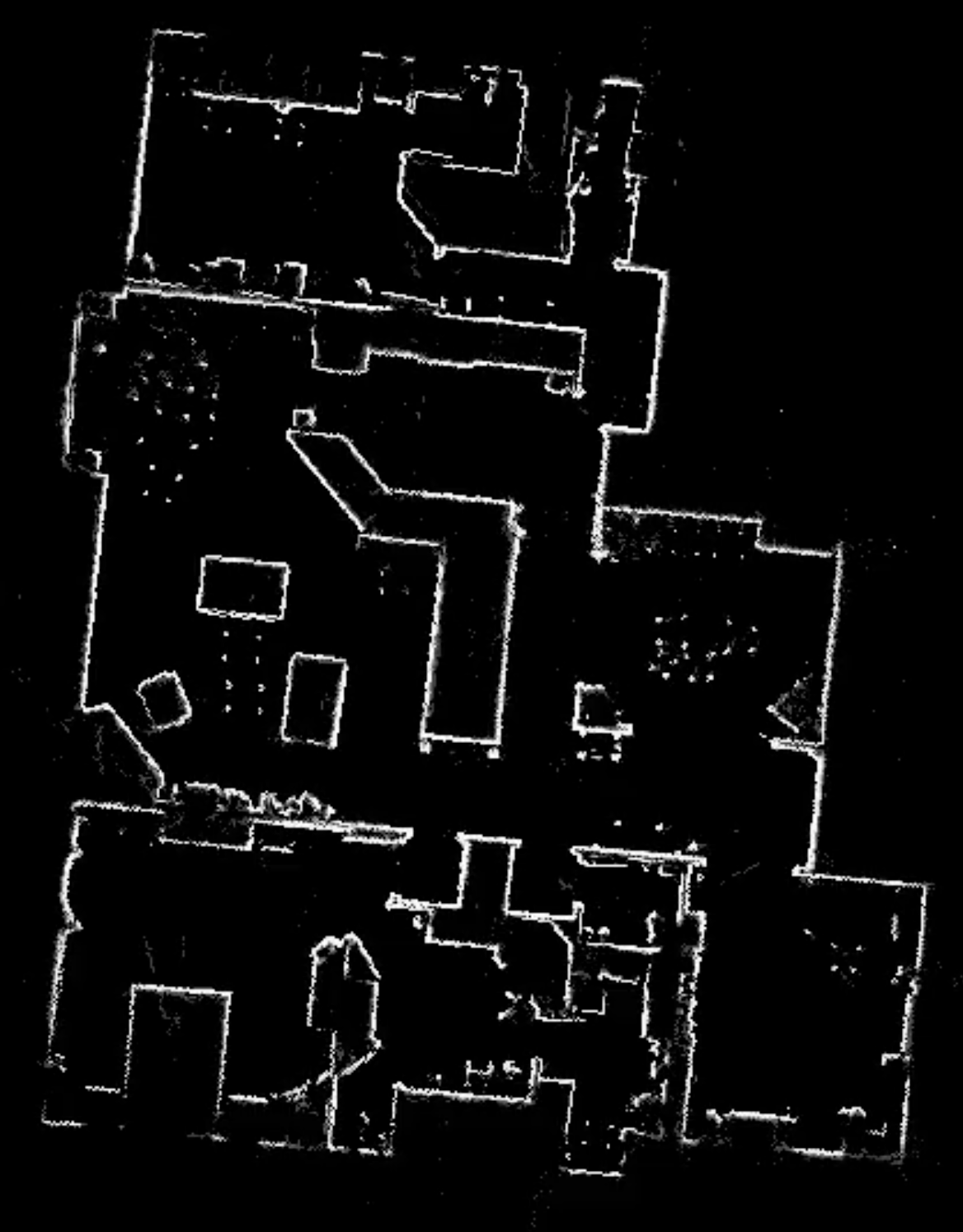I'm a 4th year PhD at Berkeley's AI Research Lab co-advised by Angjoo Kanazawa and Ken Goldberg. My work primarily involves 3D multi-modal reconstruction and how it can enable robotic manipulation. Lately I've been interested in active vision; how can we get robots to look around like we do to accomplish tasks? I'm also a maintainer of Nerfstudio, a large open-source, open-license repo for 3D neural reconstruction. My work is supported by the NSF GRFP.
Previously I finished my bachelor's at CMU where I worked with Howie Choset on multi-robot path planning, and spent time at Berkshire Grey and NASA's JPL.
Justin Kerr, Kush Hari, Ethan Weber, Chung Min Kim, Brent Yi, Tyler Bonnen, Ken Goldberg, Angjoo Kanazawa
arXiv 2025
arXiv / Website We train a robot eyeball policy to look around to enable the performance of a BC arm agent. Eye gaze emerges from RL by co-training with the BC agent and rewarding the eye for correct arm predictions.
Justin Kerr*, Chung Min Kim*, Mingxuan Wu, Brent Yi, Qianqian Wang, Ken Goldberg, Angjoo Kanazawa
*Equal contribution
CoRL 2024 Oral
arXiv / Website Object-centric visual imitation from a single video by 4D-reconstructing articulated object motion and transfering to a bimanual robot
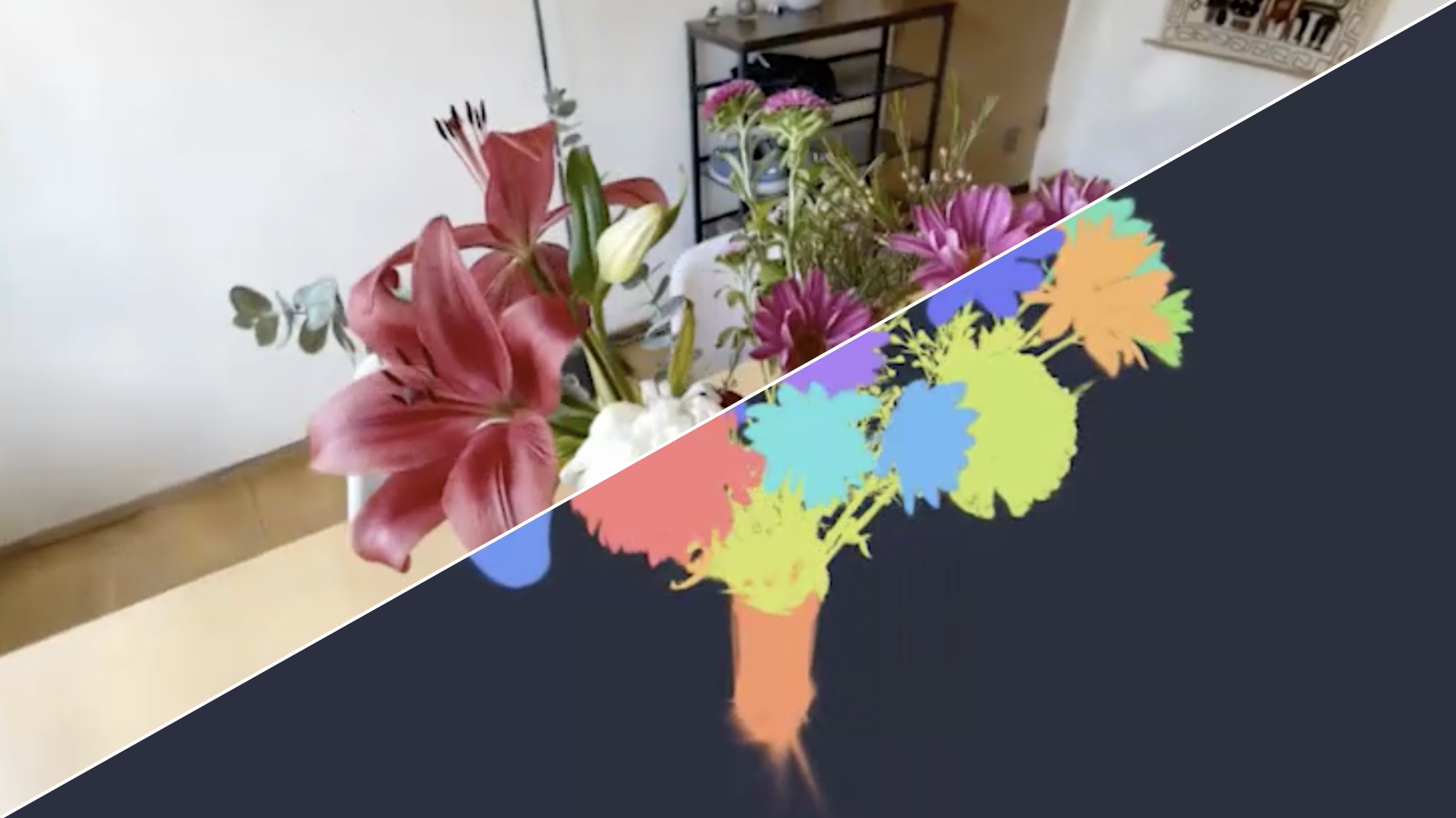
Chung Min Kim*, Mingxuan Wu*, Justin Kerr*, Ken Goldberg, Matthew Tancik, Angjoo Kanazawa
*Equal contribution
CVPR 2024
arXiv / Website Hierarchical grouping in 3D by training a scale-conditioned affinity field from multi-level masks
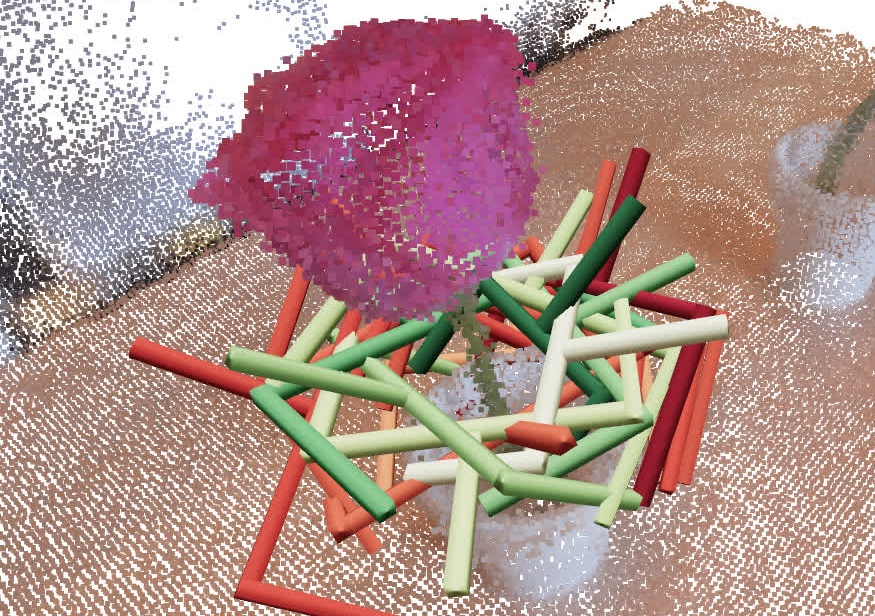
Adam Rashid*, Satvik Sharma*, Chung Min Kim, Justin Kerr, Lawrence Yunliang Chen, Angjoo Kanazawa, Ken Goldberg
*Equal contribution
CoRL 2023 Oral, Best Paper Finalist
arXiv / Website LERF's multi-scale semantics enables 0-shot language-conditioned part grasping for a wide variety of objects.
Justin Kerr*, Chung Min Kim*, Ken Goldberg, Angjoo Kanazawa, Matthew Tancik
*Equal contribution
ICCV 2023 Oral
arXiv / Website Grounding CLIP vectors volumetrically inside a NeRF allows flexible natural language queries in 3D
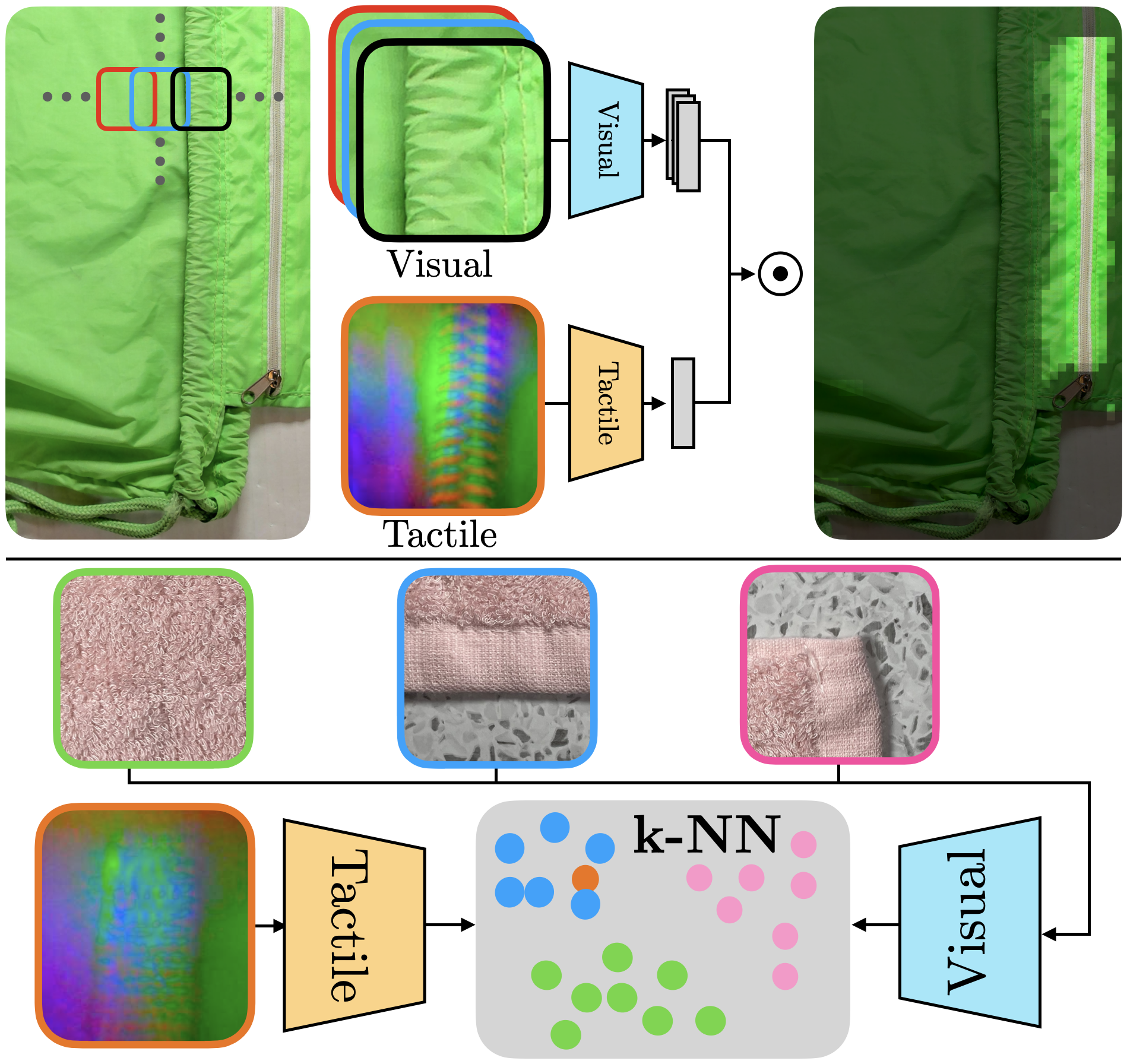
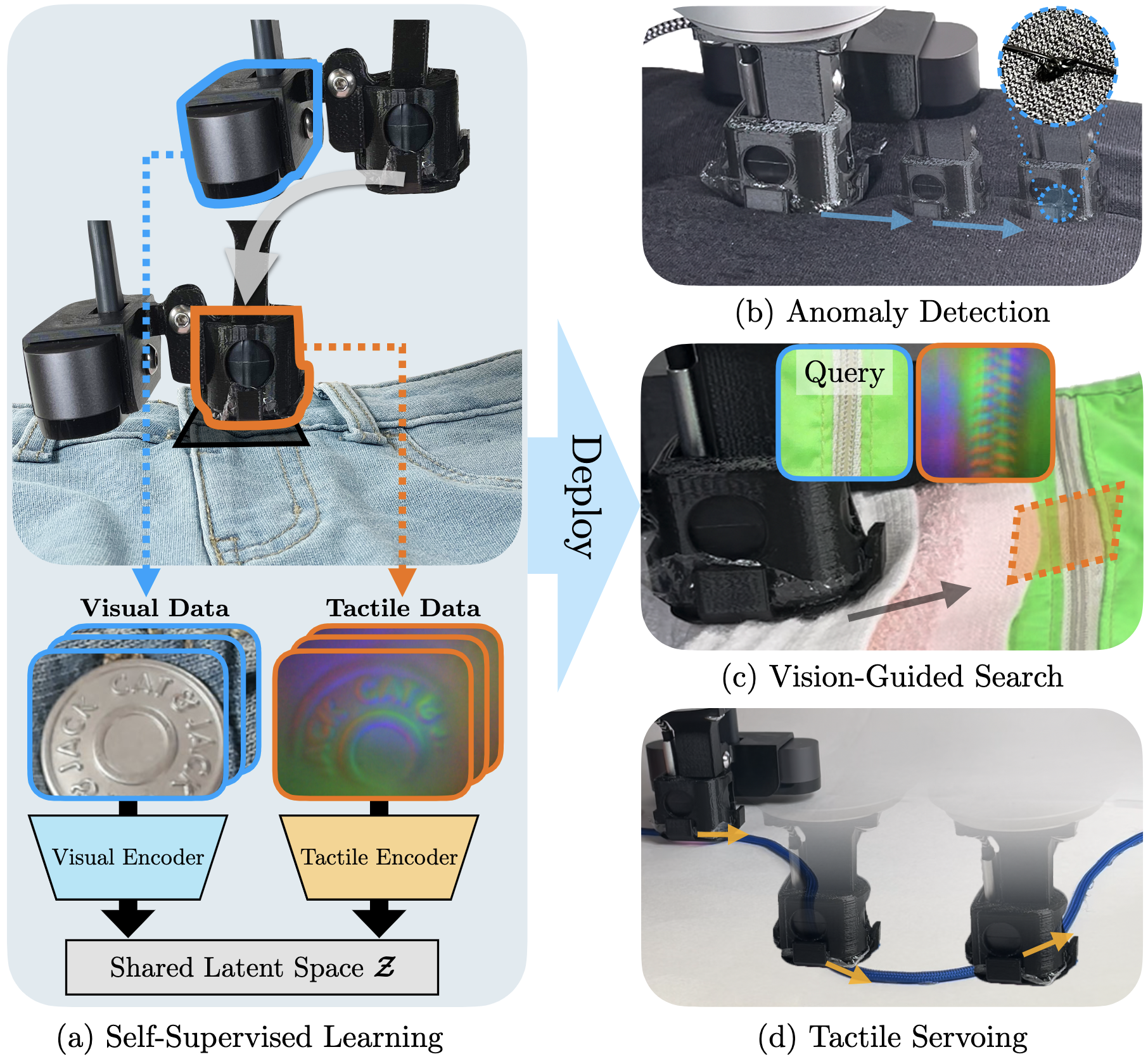
Justin Kerr*, Huang Huang*, Albert Wilcox, Ryan Hoque, Jeffrey Ichnowski, Roberto Calandra, and Ken Goldberg
*Equal contribution
RSS 2023
arXiv / Website We collect spatially paired vision and tactile inputs with a custom rig to train cross-modal representations. We then show these representations can be used for multiple active and passive perception tasks without fine-tuning.
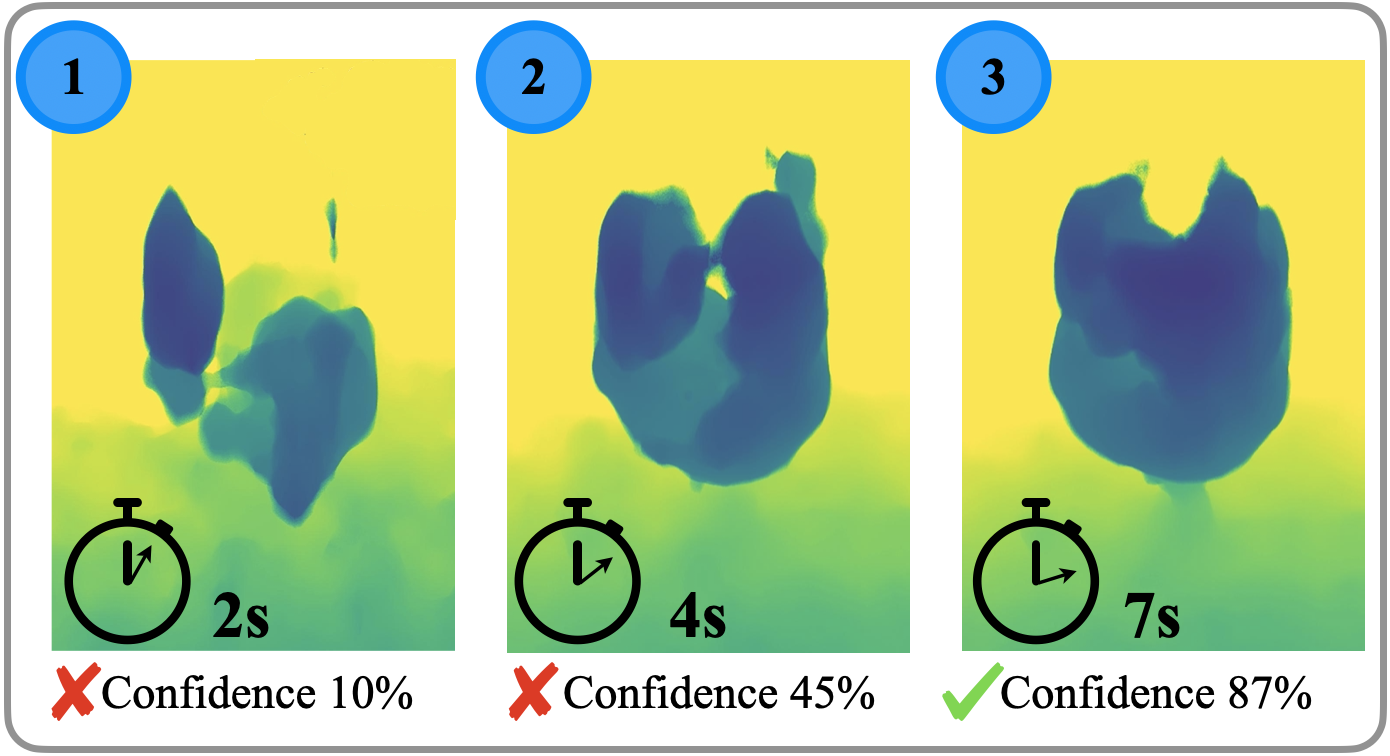
Justin Kerr, Letian Fu, Huang Huang, Yahav Avigal, Matthew Tancik, Jeffrey Ichnowski, Angjoo Kanazawa, Ken Goldberg
CoRL 2022, Oral Presentation
Website / OpenReview NeRF functions as a real-time, updateable scene reconstruction for rapidly grasping table-top transparent objects. Geometry regularization speeds and improves scene geometry, and a NeRF-adapted grasping network learns to ignore floaters.
Brijen Thananjeyan*, Justin Kerr*, Huang Huang, Joseph E. Gonzalez, Ken Goldberg
* Equal contribution
IROS 2022
Website / arXiv
Fluorescent paint enables inexpensive (<$300) and self-supervised data collection of dense image annotations without altering objects' appearance.
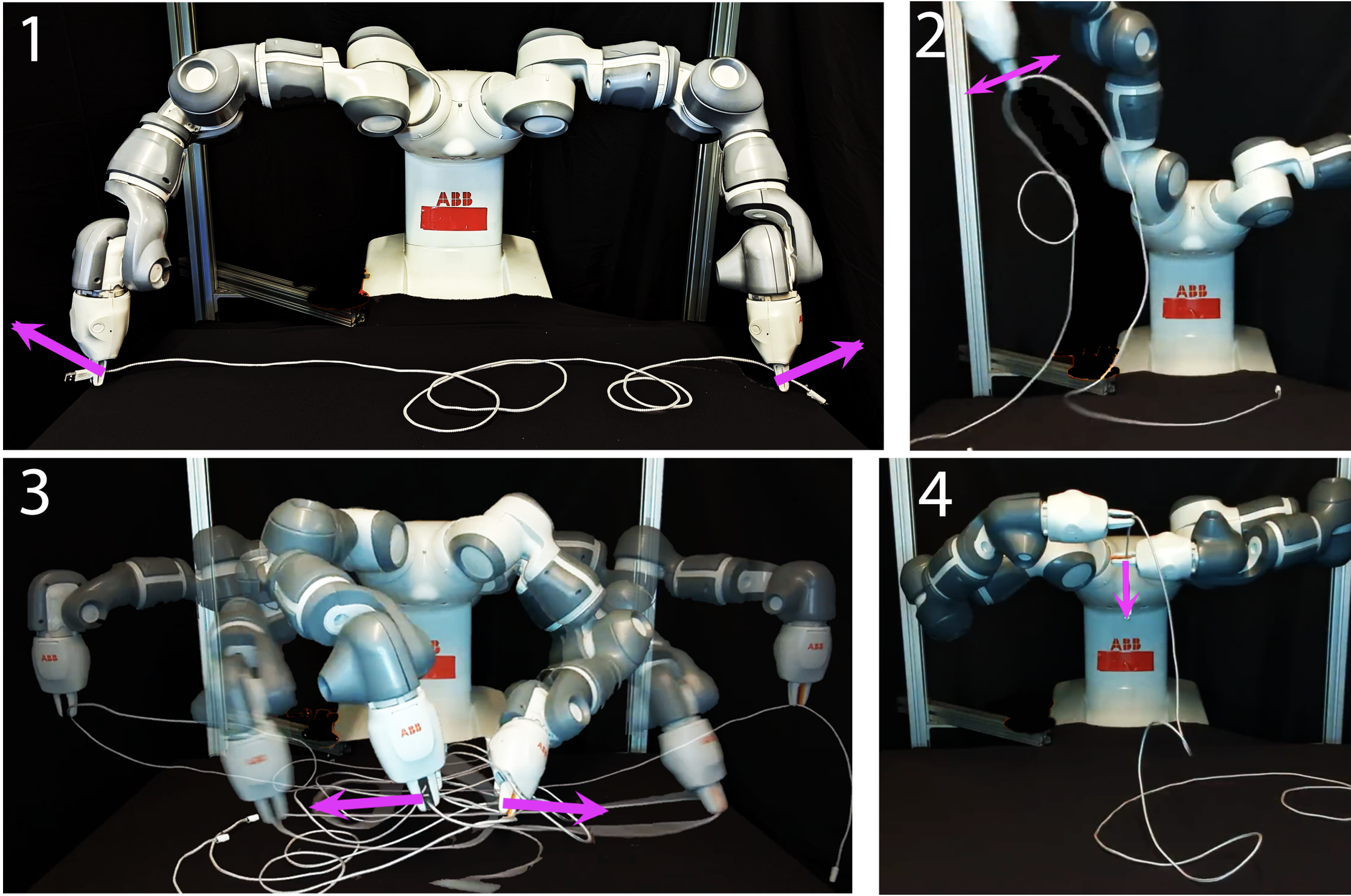
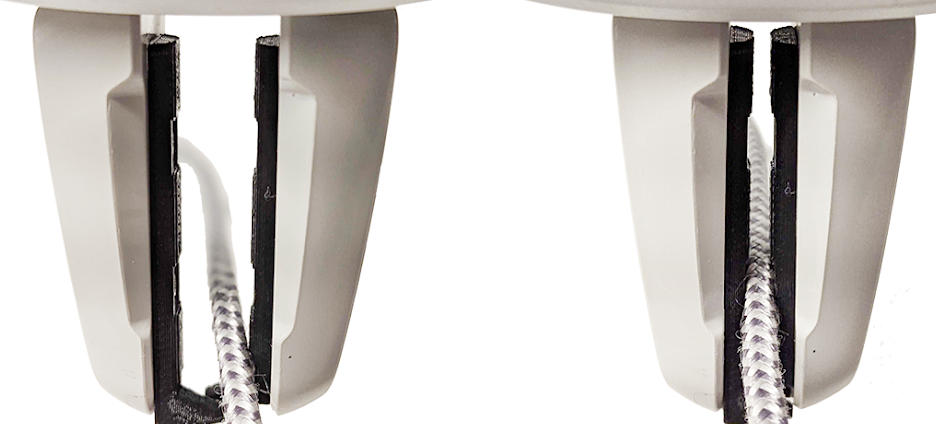
Vainavi Viswanath*, Kaushik Shivakumar*, Justin Kerr*, Brijen Thananjeyan, Ellen Novoseller, Jeffrey Ichnowski, Alejandro Escontrela, Michael Laskey, Joseph E. Gonzalez, Ken Goldberg
* Equal contribution
RSS 2022, Best Systems Paper Award
Website / Paper
A sliding-pinching dual-mode gripper enables untangling charging cables with manipulation primitives to simplify perception coupled with learned perception modules.
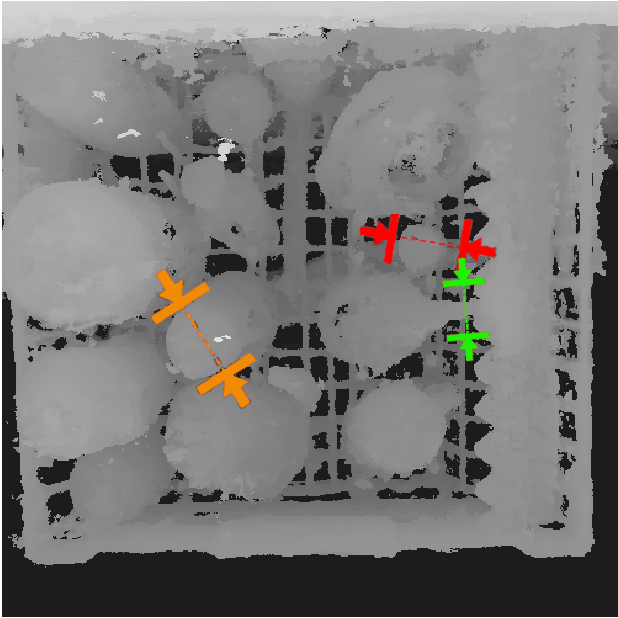
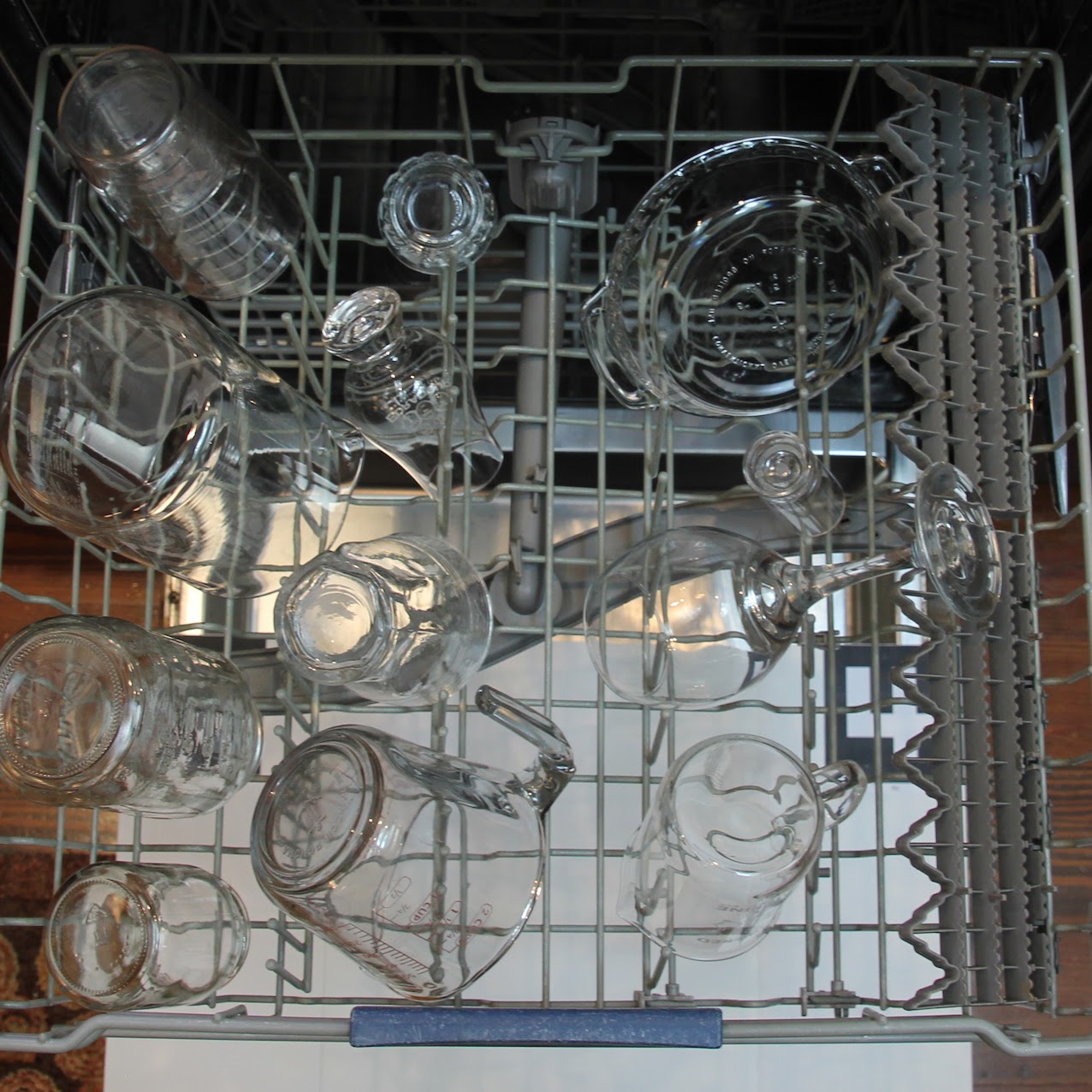
Jeffrey Ichnowski*, Yahav Avigal*, Justin Kerr, Ken Goldberg
* Equal contribution
CoRL 2021
Website / arXiv
Using NeRF to reconstruct scenes with offline calibrated camera poses can produce graspable geometry even on reflective and transparent objects.


Albert Wilcox*, Justin Kerr*, Brijen Thananjeyan, Jeff Ichnowski, Minho Hwang, Samuel Paradis, Danyal Fer, Ken Goldberg
* Equal contribution
ICRA 2022
Website / arXiv
Combining active perception with behavior cloning can reliably hand a surgical needle back and forth between grippers.
